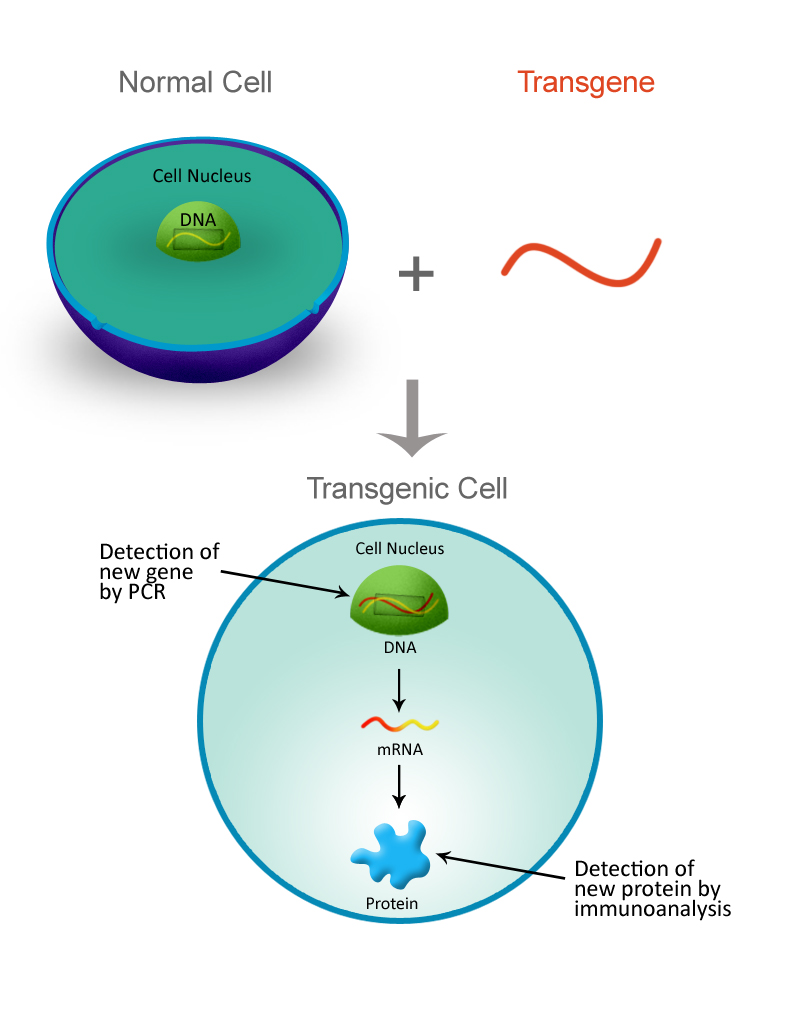What is a GMO?
GMO is an acronym for genetically modified organism and is commonly used to refer to genetically altered crops that are grown in many areas around the globe. Genetic engineering provides the ability to confer desired traits on plants such as herbicide tolerance and/or virus or insect resistance.
The process of genetic modification involves splicing, or cutting, genes from one organism, such as a bacterium, virus, or animal, and inserting them into a recipient organism, such as a plant, so that the recipient is now able to express new traits provided by the donor genes. The genetic material (commonly called a transgene) is inserted into the nucleus of a plant cell where it integrates into the plant DNA. If integration of the DNA is successful, the plant cell, now described as a transgenic cell, divides and grows into a genetically modified (or transgenic) plant. The genetic modification is permanent and will be passed on to the seeds of the transgenic (GMO) plant.

Whereas DNA contains the information necessary for the cell to grow and function, proteins are the main functional unit of the cell. Therefore, in order for a new trait to be expressed in a plant the DNA code must first be translated into protein. Because of this requirement, there are two approaches to GMO testing: detection of the new transgenic DNA in the cell using polymerase chain reaction (PCR) technique, or detection of the new protein(s) by immuno-analysis. Determination of which type of test is most appropriate should be based on several factors including the sample type, required assay sensitivity, GMO(s) to be analyzed, and intended market of the product.
